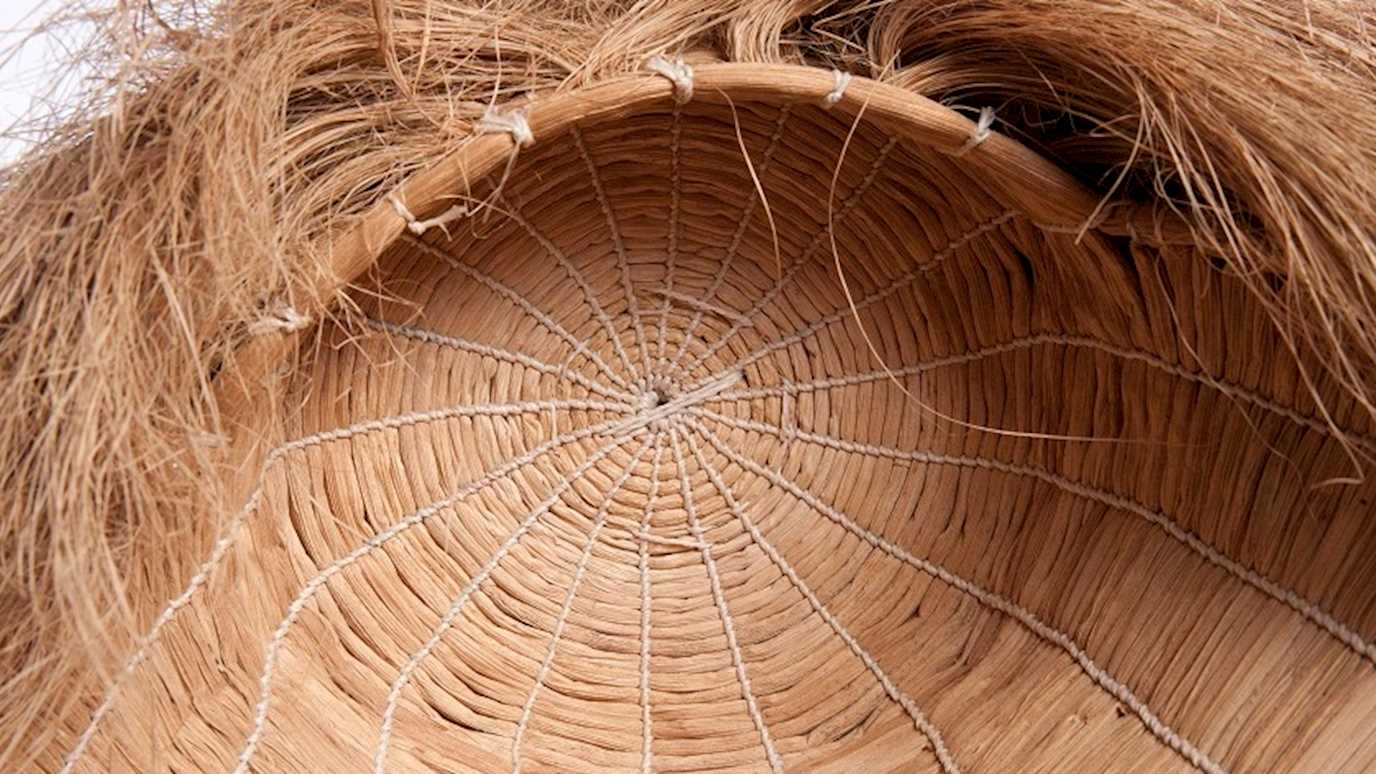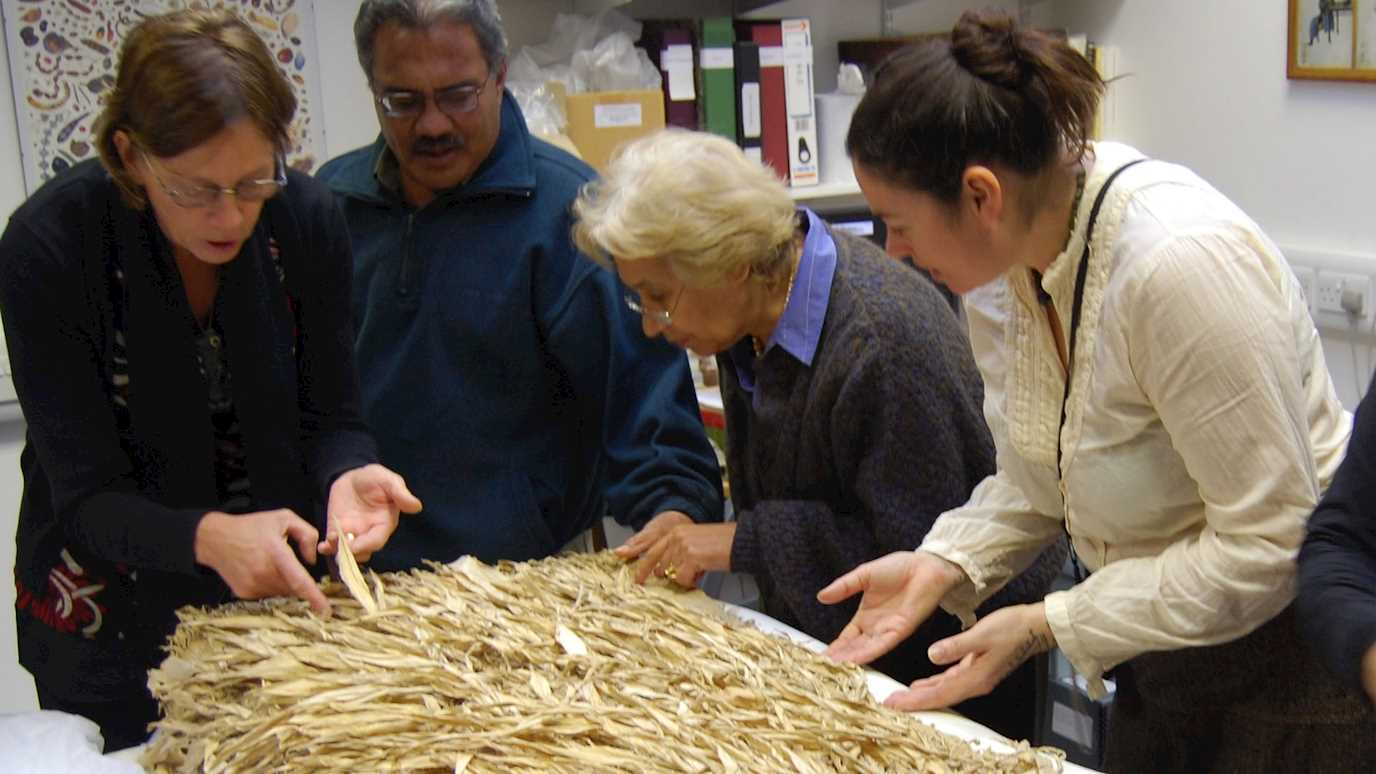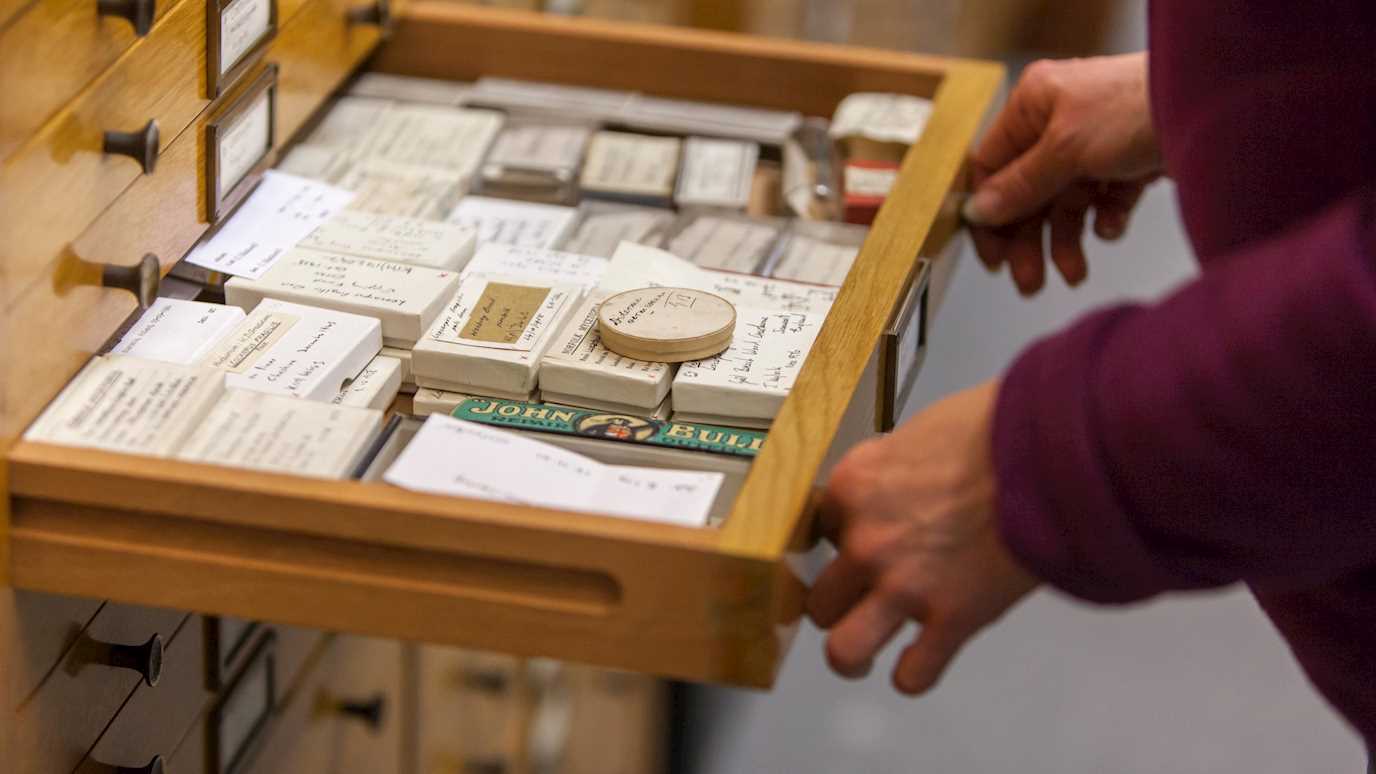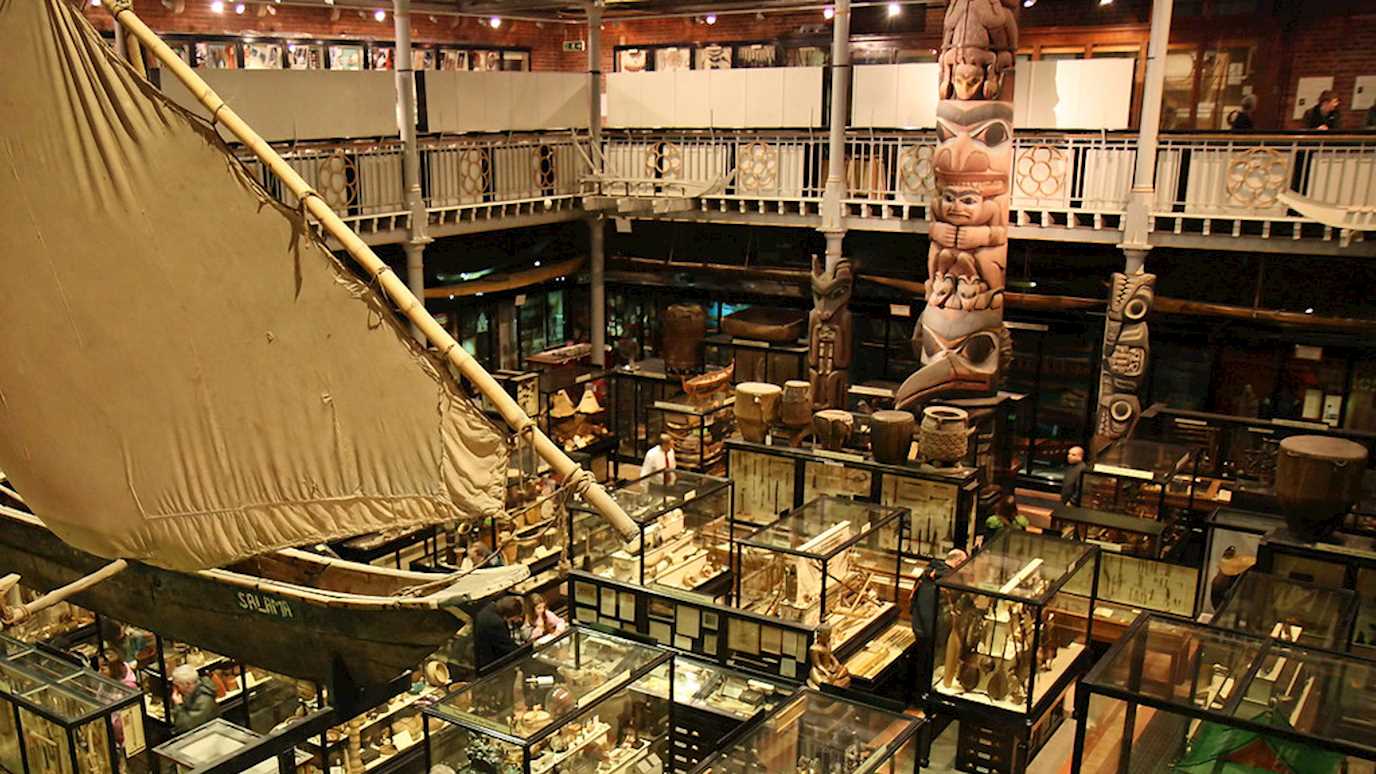Project summary
This project is concerned with the circulation of objects into and out of the Kew Museum ever since its creation in 1847. Museum collections founded at this time were designed to be useful – scientifically, pedagogically, and commercially. They made valuable contributions to the creation of new knowledge by acquiring and displaying specimens and artefacts, and also by re-circulating them.
Kew’s Economic Botany Collection is supported by an unusually extensive set of documents recording the movement of objects through the collection. By examining these and other archives, it is possible to digitally record specimen and artefact transfers and to place these objects in new locations, with new contexts, histories and significance.
Project Aims
- Use archives at Kew and elsewhere to map for the first time, the circulation of specimens and objects in and out of the Economic Botany Collection at Kew (nationally and internationally) creating a unique research resource
- Provide the first historical study of the role of Kew in supporting and promoting the use of plant specimens and artefacts in school education
- Research detailed case studies of the trajectories of objects through national and international networks of exchange
- Add value to biocultural collections in many parts of the world by undertaking the first systematic research on the provenance of materials dispersed by the Kew Museum
- Share the results of the research with other academic researchers, museum professionals, source communities and educators.
Economic Botany at Kew
The Museum of Economic Botany at the Royal Botanic Gardens, Kew, was originally established in 1847 as a public repository for 'all kinds of useful and curious Vegetable Products, which neither the living plants of the Garden nor the specimens in the Herbarium could exhibit'.
Reflecting Kew's global networks of science, empire and commerce, the collection expanded rapidly during the nineteenth and early twentieth centuries, playing an important role in the creation and dissemination of botanical knowledge.
Today Kew's Economic Botany Collection consists of over 90,000 objects, housed in a purpose-built research store. The diversity of this collection makes it truly unique: for example, seeds of the Brassica nigra from Ethiopia are found alongside a cassava sieve made by the Ingarikó people of Amazonia, and walking-sticks produced in the City of London.
Transcending the purely botanical or the purely cultural, this is best described as a biocultural collection, and it is of growing interest to researchers and scholars in a wide range of disciplines from ethnobotany to design history, as well as to diverse communities and museum curators worldwide.
























